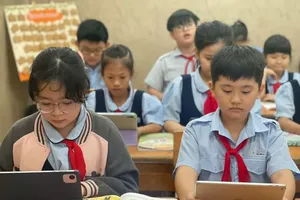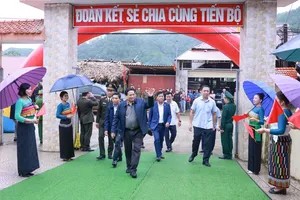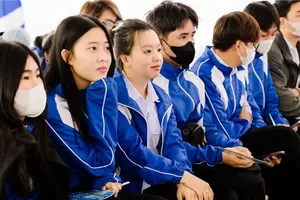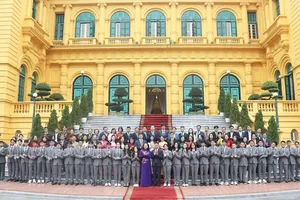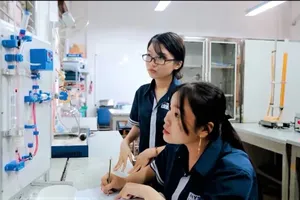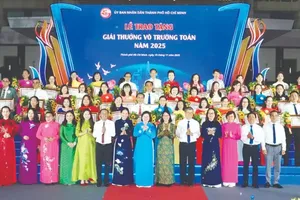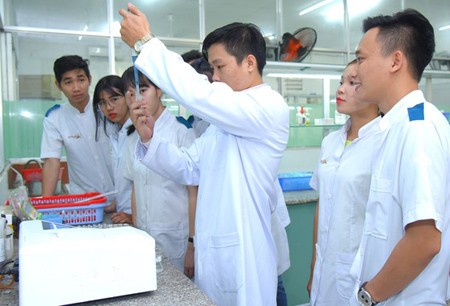
One related decision also issued by the Prime Minister on May 23, 2014 was Decision No.761 on ‘Developing High-quality Vocational Schools until 2020’. It clearly stated that from 2014-2016, 34 vocation curriculums imported from other nations would be piloted, followed by a higher goal in the last period of having students in those curriculums certified by prestigious educational organizations of ASEAN and the world. Another aim is to possess 40 high-quality colleges.
The amendment of the project under this Decision is until 2025, there will be 70 high-quality colleges, being able to train students certified by developed countries in ASEAN and the world in order to meet the market’s demand in the globalization process and to positively contribute to the comprehensive vocational training renovation in Vietnam. There should be 3 colleges to keep up with the level of their counterparts in the G20 group, 40 to be equal to ASEAN-4 nations, which means an increase of 30 high-quality colleges in 5 years compared to that in the old Decision.
This amended project encourages both state and private colleges in that the government adopts an open policy with specific mechanisms and financial aid for these educational institutes to freely select their development direction to win the ‘high-quality’ title. Simultaneously, it promotes socialization in the field so that other colleges will also be able to obtain this title.
Particularly, high-quality colleges will be prioritized to carry out vocational training missions from the government using the state budget. In addition, this budget finances the 2016-2020 stage via the focused program ‘Vocational Training and Work Safety Training’ approved in Resolution No.73 issued on August 26, 2016 and Decision No.899 issued on June 20, 2017 by the Prime Minister.
However, the capital for the amended period from 2021-2025 will be delivered by the national budget within its annual balance in accordance with a goal-oriented mechanism from key programs and projects. Along with that is the mobilized money from both extra domestic and foreign projects approved by the state authorities, as well as local and international sponsor sources or other legal capital sources.
One troublesome issue is whether the criteria of the old title ‘High-quality Vocational School’ (established when these schools were still under the Ministry of Education and Training) are applied to the new title ‘High-quality College’ (including both vocational and professional colleges) or not. There might be difficulties in preparing absolutely new and suitable criteria as well.
Another worrying point is whether globally certified high-quality private colleges are selected to train human resources using the national budget or sponsoring finance from organizations.
According to a principal of a private college in Ho Chi Minh City, in the old project, the Ministry of Labor, War Invalids and Social Affairs listed 45 colleges which enjoyed investment priority in line with high-quality educational institute criteria. Yet there is no such list in the new project.
Dr. Hoang Ngoc Vinh from the Vietnam Association for Vocational Education – Training and Social Work Profession, many vocational schools in the old project encountered difficulties in student enrollment, students’ foreign language ability. The inspection task for these colleges also meet obstacles since it is quite similar to the one for universities, which is not at all as effective as that specifically for job training. As a result, several colleges satisfy those strict standards thanks to facilities investment, but cannot earn sufficient trust from the public because they do have problems.
It is obvious that without transparent and detailed criteria for a high-quality college equivalent to those in the region or the world, winning such a title does not mean that an educational institute can operate effectively.
